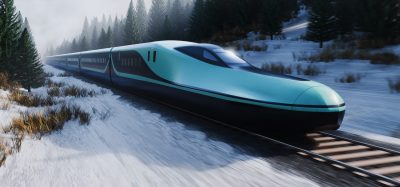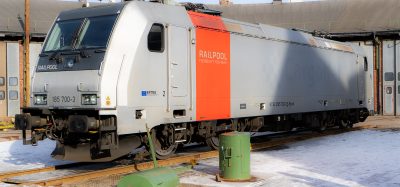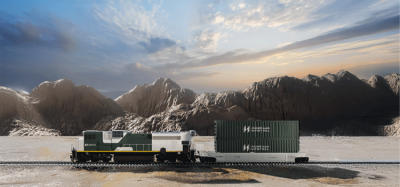Climatic testing: Making rolling stock and track fit for winter
Posted: 19 December 2014 | Gabriel Haller | No comments yet
Safe and reliable operation of mainline rolling stock under all weather conditions is an essential prerequisite for enhancing passenger safety and comfort and thus increasing the attractiveness and acceptance of rail travel. The low temperatures, ice and snow conditions prevailing in winter can cause huge problems and malfunctions of certain components and lead to delays or service interruptions. This is not only extremely inconvenient for passengers but also expensive for public transport operators. Gabriel Haller – Technical Director and Executive Manager of Rail Tec Arsenal gives details of what tests rolling stock undergo in the Vienna Climatic Wind Tunnel operated by Rail Tec Arsenal in order to identify potential problems in advance of them being placed into service.
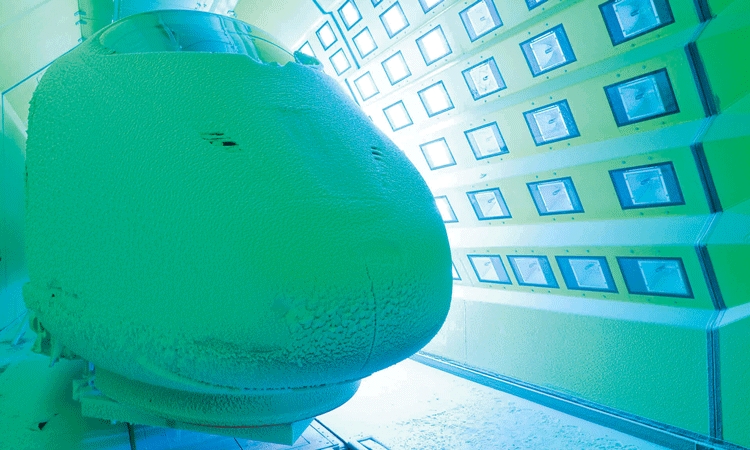

Standardised tests under critical weather conditions can make a valuable contribution to reducing the risk of malfunctions and improving vehicle reliability. A climatic wind tunnel enables the realistic and reproducible simulation of a wide range of climatic conditions to ensure safe operation in any weather. The tests may include both rolling stock components like brakes, couplers, windscreens, doors or bogies and infrastructure installations such as switch points, catenaries, signalling components and control systems.
Reliability in ice and snow
Efficient and effective climatic tests require detailed knowledge of the components’ susceptibility to failure under specific climatic conditions. Both operating and climatic conditions must be simulated simultaneously in order to identify potential problems in advance. Testing practice has also shown that it is necessary to test components within the vehicle, since even the best inspection cannot exclude potential mutual interference between components and systems which may occur in regular service. Rail Tec Arsenal has defined conditions and requirements for such functional tests based on many years of experience in climatic wind tunnel testing and feedback from regular service operation.
Practically all rail vehicle components and track installations can be subjected to functional tests under extreme winter conditions in the Vienna Climatic Wind Tunnel operated by Rail Tec Arsenal, which can produce temperatures as low as -45°C. A powerful wind turbine, spray and sprinkler installations and snow nozzles are available to investigate the impact of ice and snow on trains, rolling stock components or infrastructure systems.
New: winter certification testing for brake blocks
Noise reduction for rail cargo is a key objective of the European Union in its attempt to enhance the quality of life for citizens living close to railway lines. Retrofitting freight wagons with low-noise composite brake blocks can be an important measure to achieve this aim as these new-generation brakes do not roughen the wheels and therefore keep noise to a minimum. The challenge in the development of new composite brake blocks is to achieve an optimum between abrasion, surface roughness and frictional properties under winter conditions in order to provide noise reduction while maintaining high safety standards.
The requirements for the approval of new brake blocks are defined in UIC-Leaflet 541-4. Together with UIC experts, Rail Tec Arsenal has developed a corresponding test programme and is now authorised to carry out winter certification tests for these components. The tests involve mounting the entire bogie of the freight wagon on the dynamometer and testing the braking performance at velocities of 100 km/h and 120 km/h at a temperature of -10°C. Once the specified velocity is achieved, an emergency brake is released and the braking distance is measured. The braking tests are performed five times for each velocity under dry conditions and subsequently five times under snow conditions. The results can then be used to determine the mean braking distance. The big advantage of this test procedure is that the whole brake system including wheel-rail contact can be tested under reproducible conditions in a planned time-frame of three days without the need for track tests.
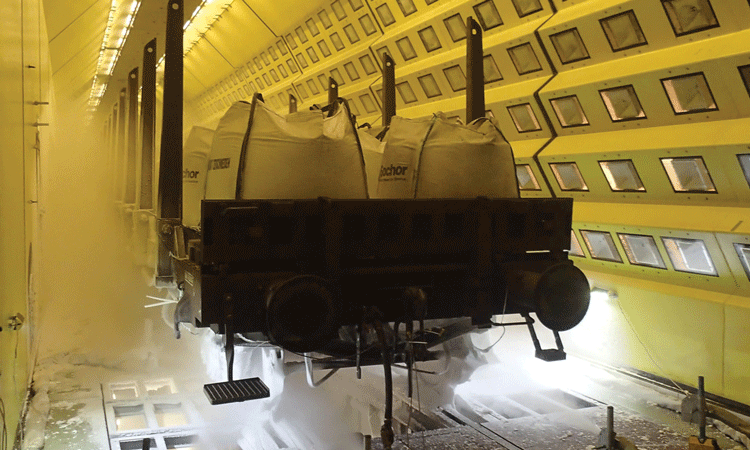

Testing of a freight wagon for brake block winter certification
Couplers and bogies
Winter conditions also pose a challenge to the coupling mechanism, which provides a mechanical and electrical connection between rail cars. Rail Tec Arsenal has developed test procedures to verify proper functioning of these critical components under ice and snow conditions. Following reference tests in ‘dry’ conditions, the coupling can be covered with ice at -20°C to simulate freezing rain on the parked vehicle or with wet snow at -7°C to simulate the front coupler of the running vehicle during heavy snowfall. The subsequent coupling test reveals whether mechanical, electrical and pneumatic coupling and uncoupling has been successful and whether the coupling heater ensures proper de-icing of the coupling face. A visual inspection is carried out to verify that there is no snow and water ingress caused by the automatic opening of the protective caps, which may cause snow to get into the electrical contacts, resulting in a risk of short circuiting.
Bogie components such as dampers, sanding, tilting and brake systems are safety relevant components that must not fail under any circumstances. These components are very exposed to outside conditions and are thus extremely prone to the accumulation of snow and ice. The consequences of ice or snow build-up may range from partial malfunction to complete failure, as in the case of ice formation on the sanding system, which is decisive for proper friction between the wheel and rail. All winter conditions with a negative impact on underframe components can be realistically simulated on the dynamometer in a climatic wind tunnel. The tests help both in developing measures to reduce the problems, such as fitting a heater or housing to the sanding system, and for validating their effectiveness.
Windscreen and power supply
Driver visibility is of key importance for safe train operation. Inadequately functioning windscreen heaters or air inlets in the driving cab may cause the windscreen and/or side windows to mist up. Visibility may also be impaired by snow and ice build-up on the windscreen, which may restrict or even prevent operation of the wiper blade. One possible reason for these problems may be poor adjustment between the windscreen washer, wiper and heating systems and the air conditioning unit of the driving cab. Climatic tests make it possible to adjust the settings of these components under different climatic conditions and thus help eliminate visibility problems under extreme service conditions.
Proper functioning of the power supply system, including the pantograph, main switch, transformer, converter, battery, and on-board electronics, is essential for safe operation. Low material temperatures combined with warm humid air can lead to condensation problems with electronic components and the risk of short-circuiting, while ice build-up on the pantograph may impede proper raising and lowering. Climatic wind tunnel tests allow these electrical and mechanical problems to be identified and remedied in good time.
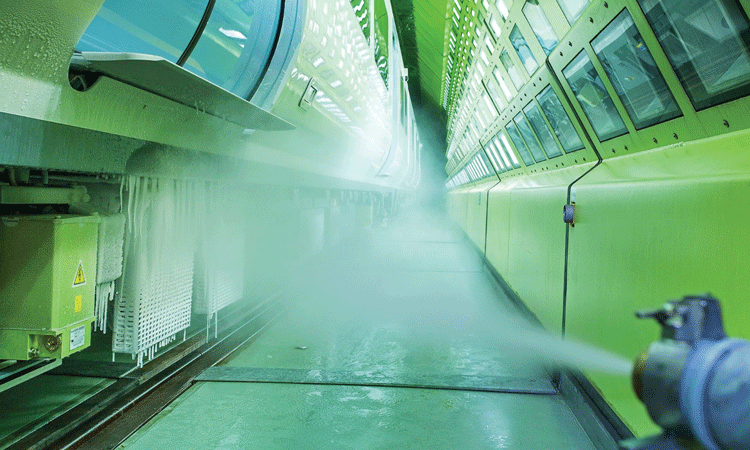

Winter testing of rolling stock under-frame components
Rail infrastructure
Safety is a key issue not only for rail vehicles but also for rail infrastructure such as switches, catenaries, signalling components and control systems. The climatic wind tunnel can be used for testing these infrastructure components under winter conditions which are difficult to simulate in real-life track tests. On cold but sunny winter days, for example, the passage of rail vehicles causes snow to accumulate on the track, which melts in the sun and then freezes at night. Since this problem previously caused serious malfunctions of rail switches on a line running through an Alpine valley, Rail Tec Arsenal was commissioned to test a switch actuation system under these fluctuating climatic conditions. For this purpose, the whole switch system – complete with actuator, side tracks and ballast substructure – was installed in the climatic wind tunnel, where the daily cycle of snow accumulation, melting and freezing was simulated. The tests were carried out both on the original switch actuation system and several design modifications and helped to select the most appropriate winterisation measures.
Range of functional tests
The functional tests described within this article are only a few examples of the test procedures available at the Vienna Climatic Wind Tunnel. Rail Tec Arsenal has developed a range of functional tests for many different components and systems. The test procedures contain a short description of the failure scenarios, the climatic test conditions applied and the functional requirements to be met. Detailed instructions on how to carry out and evaluate the tests ensure a high degree of standardisation and comparability.
Functional tests in a climatic wind tunnel make a substantial contribution to reducing the risk of failure in service and increasing the reliability of rail vehicles in all weather conditions. The biggest advantage of climatic wind tunnel tests is that the climatic conditions can be exactly reproduced. This helps to immediately verify the effects of improvements and modifications – thus saving time and money.






